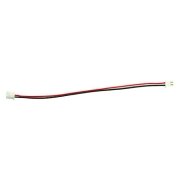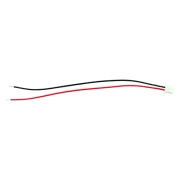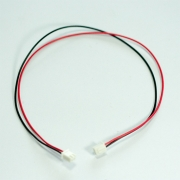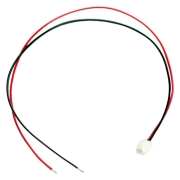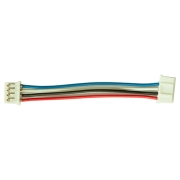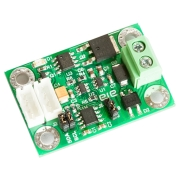*
The RoHS icon on this product indicates that the PCBs, components, solder, and chemicals are all lead-free and RoHS compliant. Additionally, this product is produced using a lead-free process. Unfortunately, we are currently unable to provide documentation confirming that this product is RoHS compliant.
Resources:
*
If your browser cannot display the PDF file properly, please save it to your computer and open it with a PDF reader.
Package Includes:
Notes:
- This board uses 4-pin connectors for I2C bus.
Features:
- PCF8574 I2C bus chips
- 100kHz I2C bus frequency
- Selectable I2C bus pull-up resistors
- Addressable via 3 jumpers, supporting up to 8 addresses
- Support up to 16 boards on a single bus
- Compatible with most microcontrollers
- Supports 2.5 to 5.5V microcontroller ports
- 8 relay outputs
- 24Vdc relay coil voltages
- Relay contact rating 0.5A @120Vac, 1A @30Vdc, 0.15A @48Vdc
- I2C operating voltage: 2.5Vdc to 5.5Vdc
- On-board reverse polarity protection circuits
- PCB size: 81.60x36.10mm
This is an I2C relay board, designed as a remote relay expander for I2C bus systems, making it ideal for expanding relay outputs in compact spaces. It is based on the PCF8574 chip. Both PCF8574 and PCF8574A boards can be connected on a single bus, allowing up to 8 boards, and therefore a single bus can support up to 16 boards. The board supports a 100kHz bus frequency and features selectable pull-up resistors for the SDA and SCL signals.
The board contains 8 small relays, with coil input voltage selected either from the bus voltage or an external voltage source. It also includes inverse polarity protection circuits to prevent damage in case of an incorrect power supply connection. Double 4-pin bus connectors make the connection process easier than in older versions. An LED will illuminate when the input voltage is applied to the board. The mounting holes are compatible with previous versions, EI2C-9AI and EI2C-9AIA.
Important Notice:
To prevent damage to the board, do not plug or unplug I2C cables while the power supply is still turned on. Always turn off the power supply before plugging or unplugging I2C cables.





